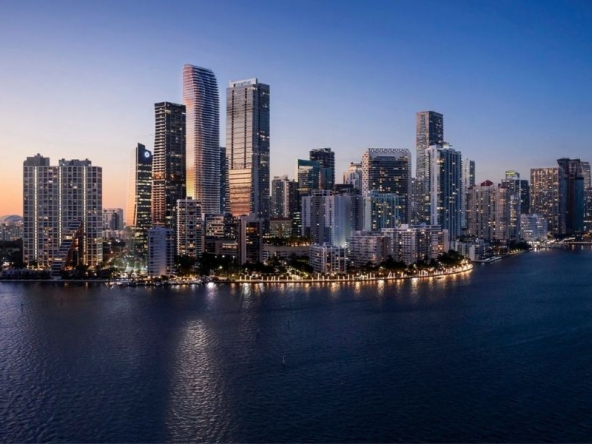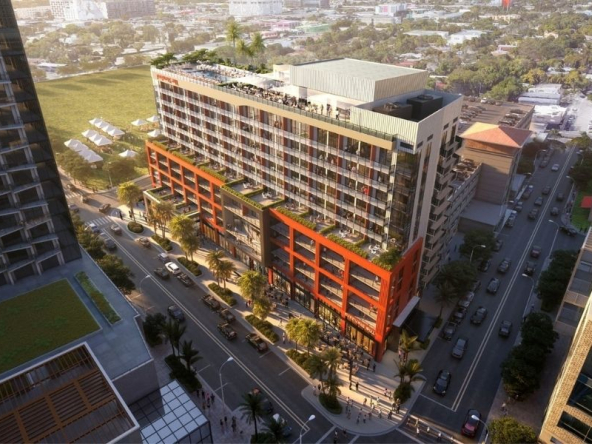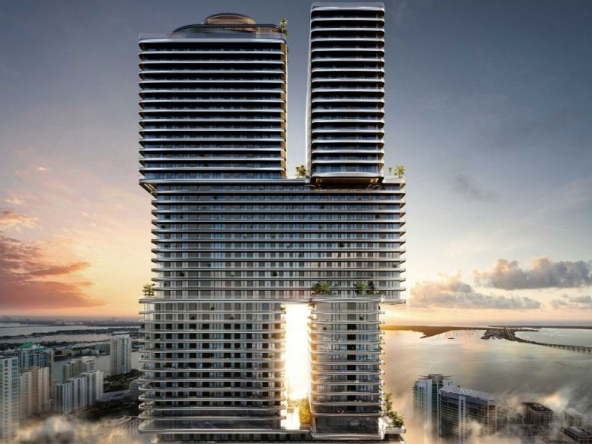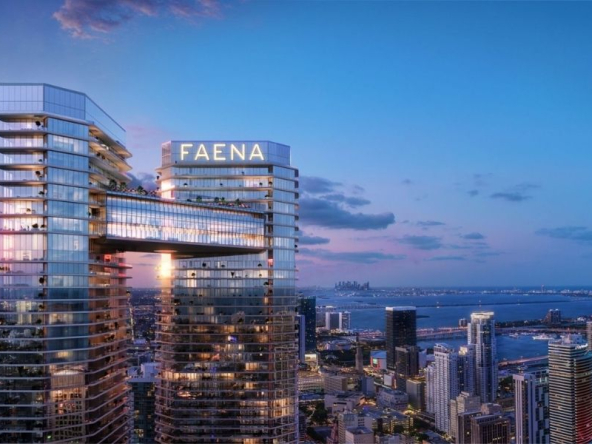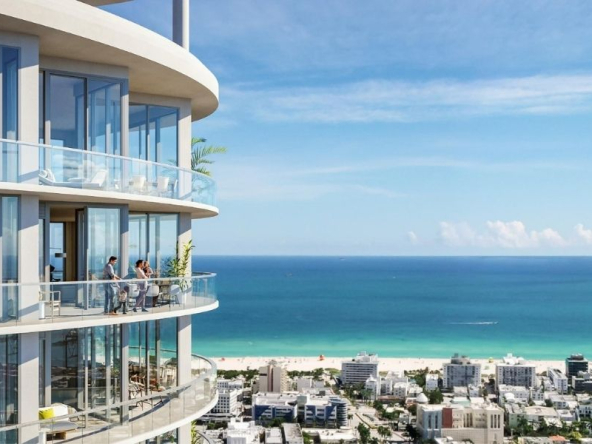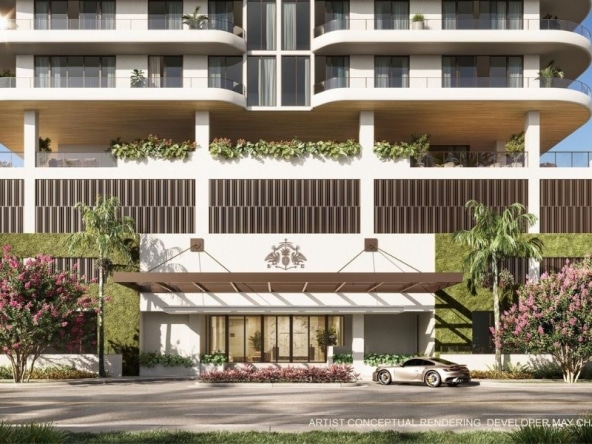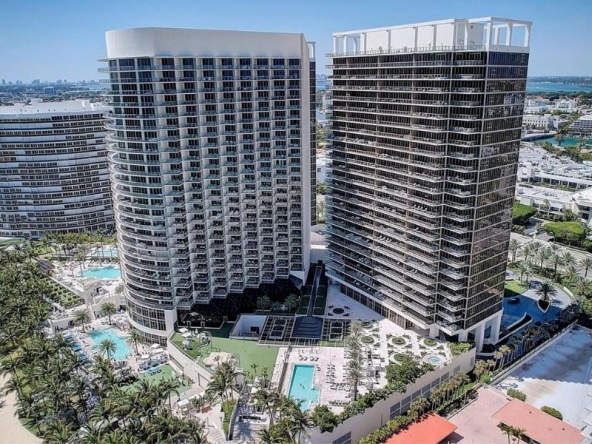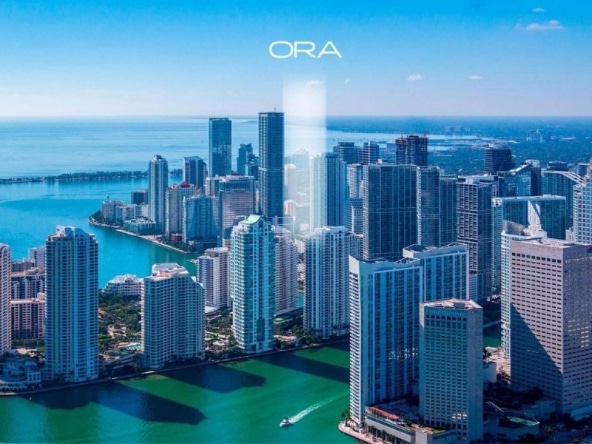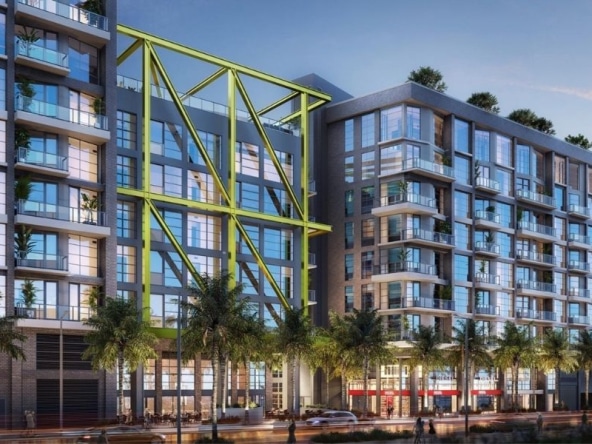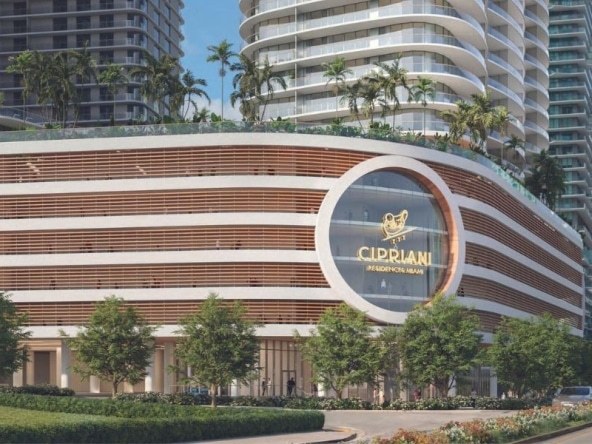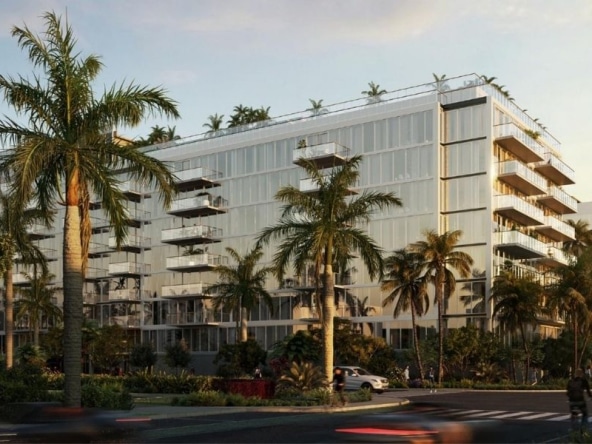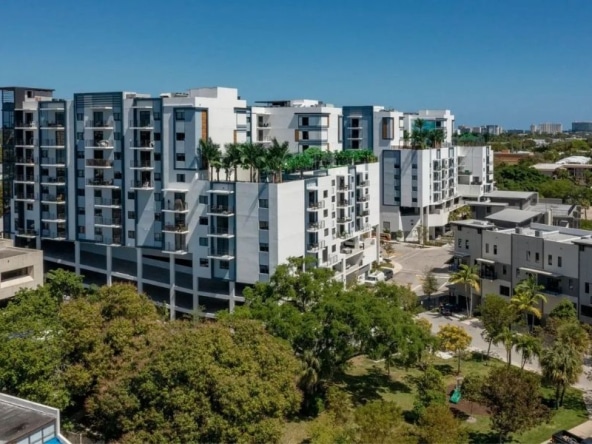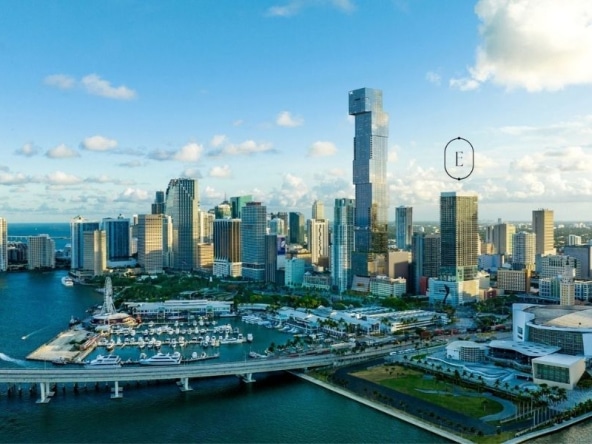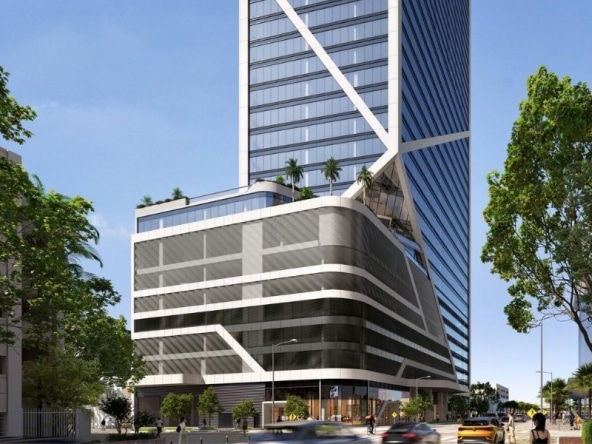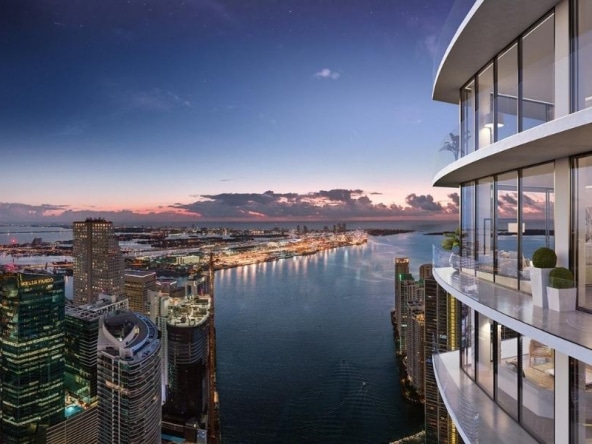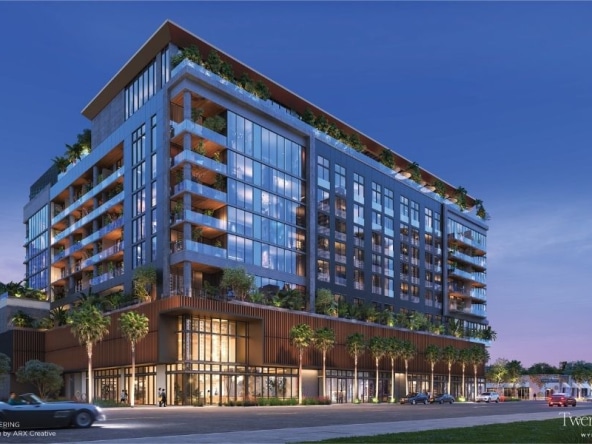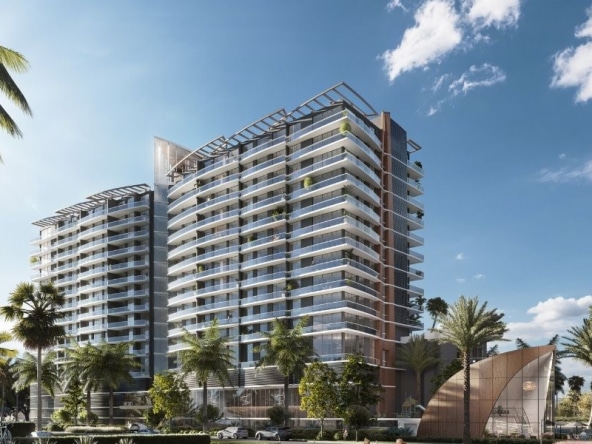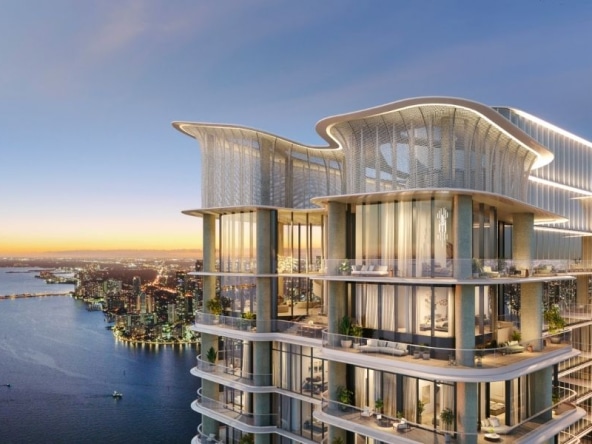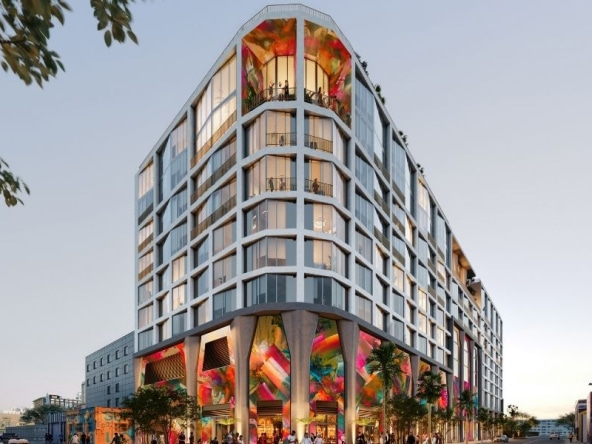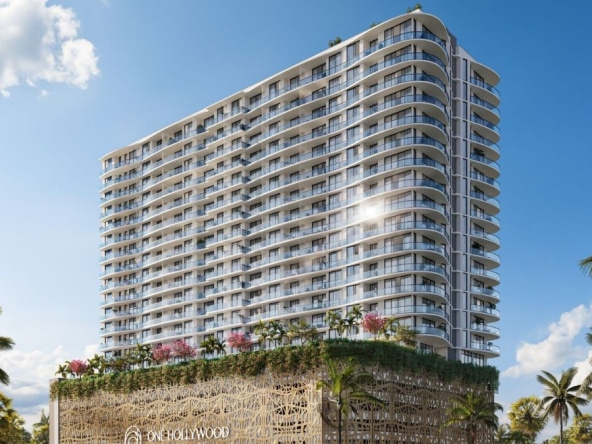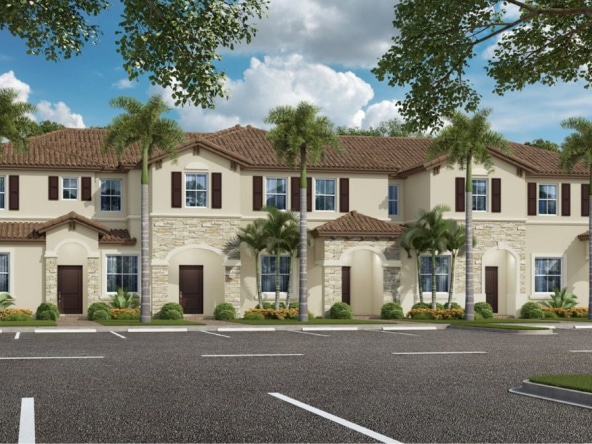2025 Miami Home Prices
If you are searching for homes for sale in Miami or planning to purchase a property for investment purposes, it is crucial to understand the regional home prices and market dynamics as of 2025. In this blog post, we will explore the current state of Miami home prices, the factors influencing pricing, average prices in popular neighborhoods, advantages for foreign investors, and the legal/financial aspects of buying a home in Miami.
Read More
Miami Home Prices 2025: Overview
As of April 2025, home prices in the Miami housing market remain strong. The median home sales price in the city of Miami was approximately $580,000 at the beginning of 2025. The median listing price as of March 2025 stands around $683,333. This difference reflects the fact that most homes are sold slightly below the asking price; in fact, the average sales-to-list price ratio is around 96%. On an annual basis, prices in Miami have increased by about 5-7%, indicating that demand in the market remains strong.
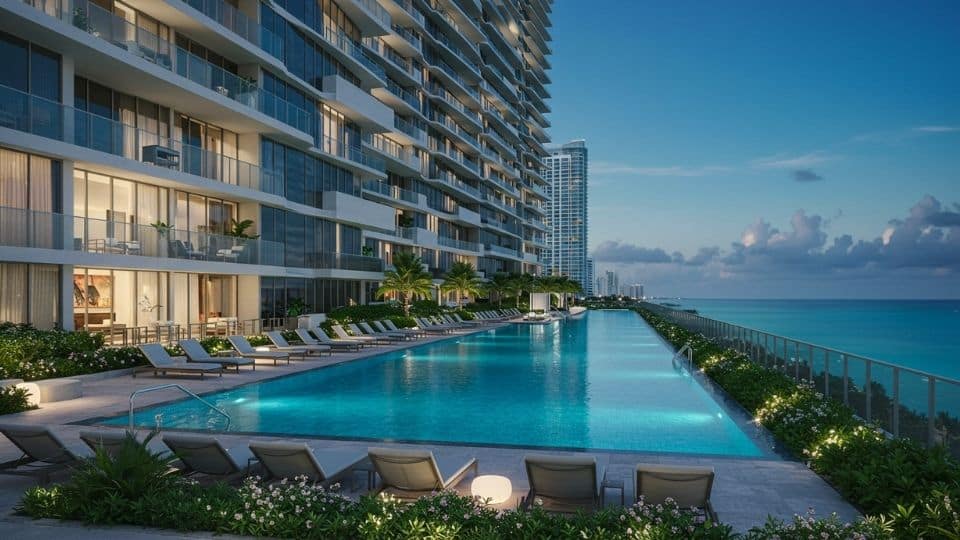 miami-ev-fiyatlari
miami-ev-fiyatlari
The market overall is showing moderate movement; homes are taking a few months to sell rather than selling quickly. This suggests that in 2025, Miami is partially becoming a buyer’s market. For example, while the Miami Beach area was a neutral market in 2024, it turned into a buyer’s market at the start of 2025, meaning prices are more reasonable and listings remain on the market longer. These conditions create a more negotiable environment, offering buyers advantageous opportunities.
Main Factors Affecting Prices
Home prices in Miami can vary significantly depending on several variables. The main factors include:
- Location: Location is one of the most decisive factors in pricing. Homes near the ocean or in beachside neighborhoods and those close to the city center (like Downtown/Brickell) are generally more expensive than those in suburbs or inland areas. In Miami, proximity to water and being in prestigious districts significantly add value to a property.
- Type of Home: There are price differences between single-family homes (villas/townhouses) and apartment units (condos). Generally, detached homes with gardens are more expensive than condos with similar square footage. Newly built luxury residences or gated community homes also command higher prices than older properties.
- View: The view can significantly affect prices in Miami. Ocean- or bay-view properties, especially waterfront homes and condos, sell for a premium compared to their non-view counterparts. For example, a home with views of Biscayne Bay or located in Miami Beach can be significantly more expensive than one just a few blocks inland.
- Transportation and Infrastructure: Proximity to major roads, highways, or access to public transportation is also important. Easy access to business districts, nearby malls, schools, parks, and entertainment venues increases demand and thus prices. Given Miami’s heavy traffic, neighborhoods offering quick commutes are more preferred.
- Other Elements: The property’s condition, age, size, and features (e.g., pool, security, parking, gym) are also key price determinants. A recently renovated or smart-home-enabled property is priced higher than one without such features. Additionally, monthly fees in condo complexes can affect what buyers are willing to pay.
Average Home Prices by Popular Neighborhoods (2025)
Miami hosts a diverse range of neighborhoods, each with unique character and pricing. As of 2025, average price levels in some standout areas include:
- Brickell: The financial and high-rise hub of the city, Brickell has a median home price around $728,000. The area is known for luxury condo towers. Prices in Brickell have risen by about 8% in the past year, showing that the area remains highly desirable.
- Miami Beach: The city of Miami Beach, including South Beach and surrounding areas, is associated with high property values. As of March 2025, the median sales price in Miami Beach is around $683,000. Luxury beachfront villas and upscale condos can reach significantly higher prices. Prices in this area have risen by about 20% over the past year, indicating strong demand in the luxury segment.
- Coral Gables: Located southwest of the city center, Coral Gables is one of Miami’s most prestigious neighborhoods. Average home prices here are around $1.3 million. Dominated by detached homes with gardens, Coral Gables has seen prices increase by about 25% in the past year. The area attracts affluent buyers due to its safety, architectural elegance, and high quality of life.
- Wynwood: Known in recent years for its art scene and trendy streets, Wynwood is an emerging residential market. The median home price is about $765,000. The transformation of warehouses into galleries has boosted the area’s appeal. Home values have risen by about 14% year-over-year, making Wynwood attractive to investors and young professionals alike.
These figures reflect average values in each neighborhood, though prices can vary even block to block depending on specific property characteristics.
Advantages of the Miami Real Estate Market for Foreign Investors
Miami’s real estate market is extremely attractive not only to local buyers but also to foreign investors. As a global hub, Miami draws investors from Latin America, Europe, and Asia. Key advantages for international buyers include:
- Market Stability and Appreciation: Over the past decade, Miami has seen a strong trend of price increases. For instance, the median price of a single-family home rose from $245,000 in 2015 to $655,000 in 2025—an increase of about 167%. This long-term appreciation indicates high potential returns on investment. Experts project further growth in 2025, with a 9% price increase expected.
- High Rental Yield Potential: Miami has a strong rental market thanks to its climate, tourism, and population growth. Tenant demand is strong year-round, particularly from professionals and new residents. In 2025, rental demand has outpaced supply, leading to rising rents—ideal for investors seeking cash flow. Rent income can help cover mortgage payments while the property appreciates in value, creating a dual-income opportunity.
- Tax and Financial Advantages: Florida’s tax-friendly environment makes Miami appealing for investment. With no state income tax, high earners and foreign investors enjoy a tax advantage. U.S. tax laws also allow deductions for property expenses such as maintenance, insurance, and mortgage interest. Over time, real estate acts as an effective hedge against inflation, as property values and rental income typically rise with inflation.
- Global Appeal: Miami’s economic stability, sunny climate, cultural diversity, and lifestyle appeal to international buyers. It serves as a bridge between Latin America and the U.S. and attracts internal migration from other states thanks to its business-friendly environment. This strong demand keeps the market vibrant and secure. For foreign buyers, owning real estate in Miami also means prestige and access to potential visa opportunities (e.g., through indirect investment programs like EB-5).
For all these reasons, Miami offers a secure environment for foreign real estate investors. With high return potential and solid demand, Miami is a top choice for those looking to diversify and protect assets in foreign currencies.
Legal and Financial Aspects of Buying a Home in Miami
Purchasing real estate in Miami (and the U.S. in general) is transparent and accessible—even for foreign buyers. Legally, U.S. law allows foreigners to own property without citizenship-based restrictions. Turkish citizens, for example, can buy homes in the U.S. with nearly the same rights as domestic buyers. The process typically involves working with a real estate agent and conducting contract and title transactions through a Title Company or real estate attorney. Foreign buyers may need to obtain a U.S. tax identification number (ITIN). Having a translator or legal advisor may also help streamline the process.
Financially, foreign buyers have several options in Miami. Cash purchases are common (a significant portion of real estate sales in Miami are cash), but mortgages from U.S. banks are also available. However, since foreign buyers lack a U.S. credit history, they may face higher down payment requirements (30–40%) and interest rates. Some institutions offer special mortgage programs for international clients—so it’s worth comparing offers from multiple lenders.
There are also ongoing financial obligations post-purchase. Florida imposes annual property taxes averaging 1–2% of the assessed value. For a $600,000 home, this translates to about $6,000–$12,000 per year. Home insurance costs should also be considered, especially due to risks like hurricanes and flooding. If the property is rented out, rental income may be subject to federal income tax (with deductible expenses). Upon selling, FIRPTA tax withholding (up to 15% of the sale price) may apply to foreign sellers—so awareness of such regulations is essential.
While these legal and financial matters may seem complex at first, working with a professional real estate advisor and, if necessary, an attorney makes the process manageable. In short, foreign investors can indeed own homes in Miami. The legal procedures are clear, and financing options are available. Just be sure to plan your budget and requirements carefully before starting.
In conclusion, as of 2025, Miami’s real estate market offers dynamic and reliable opportunities for both investors and homebuyers. Understanding current prices, comparing neighborhoods, and familiarizing yourself with legal and financial aspects are key to making the right investment. With its attractive lifestyle, strong economy, and global appeal, Miami offers long-term financial gains and high quality of life. Remember: with the right information and professional support, finding your dream home—and making a profitable investment—in Miami is absolutely achievable. Best wishes on your new home or investment!

